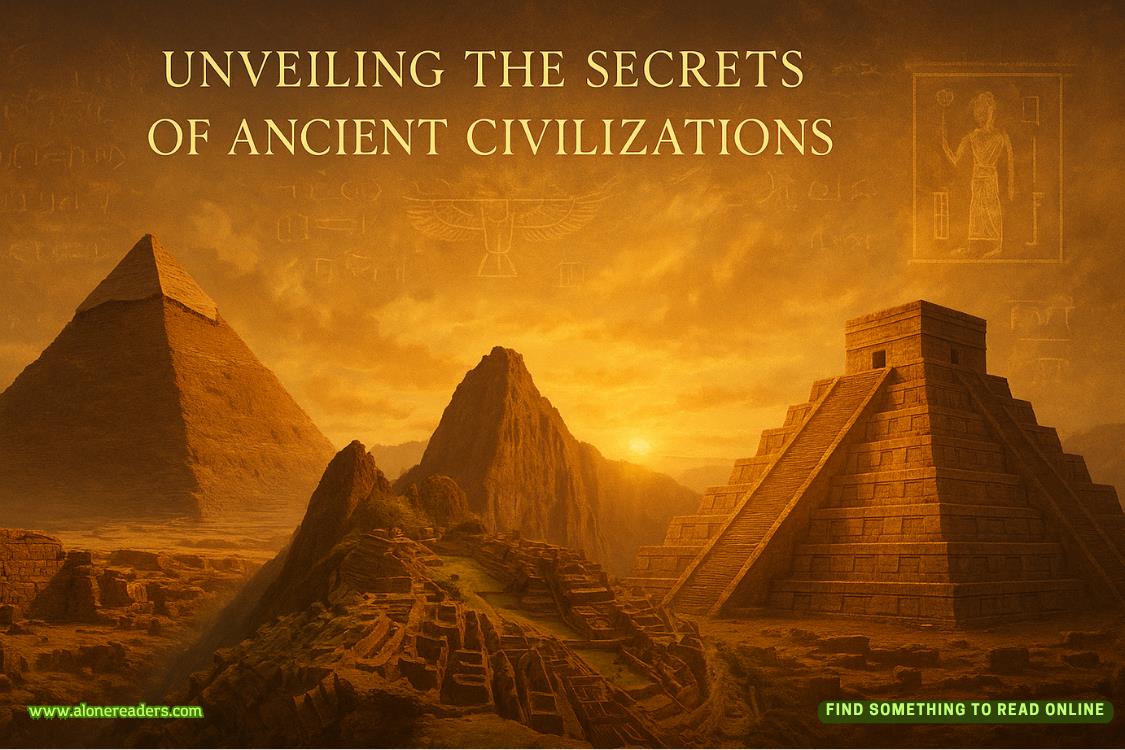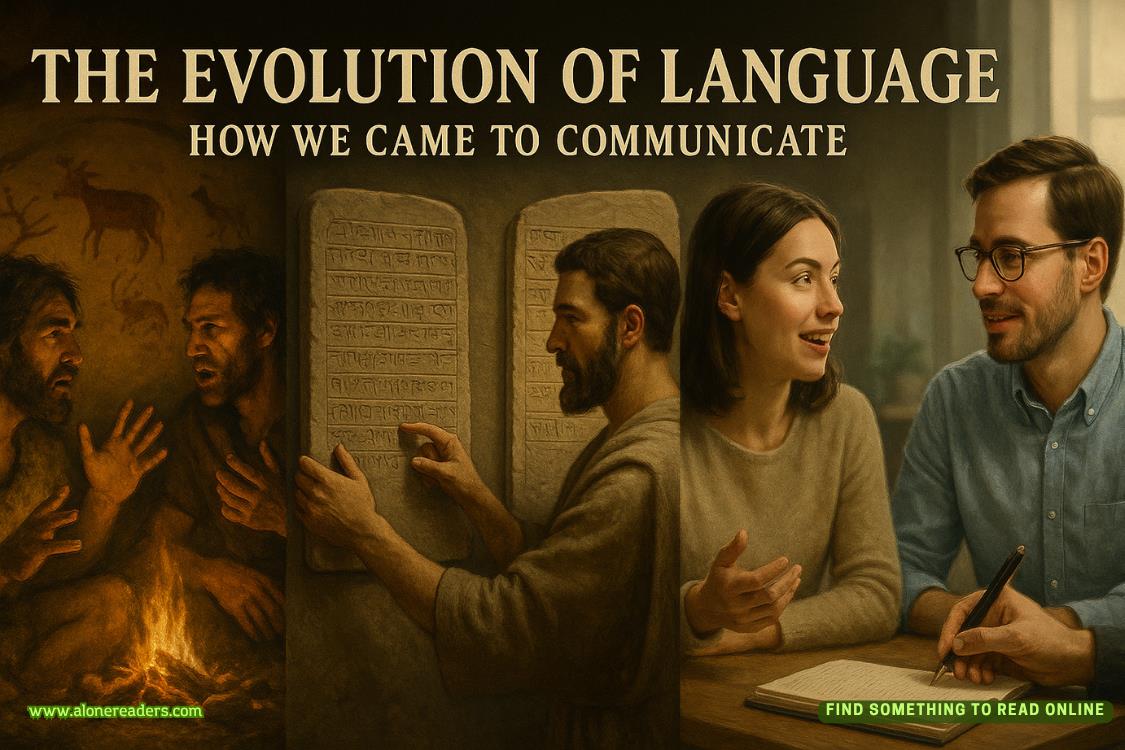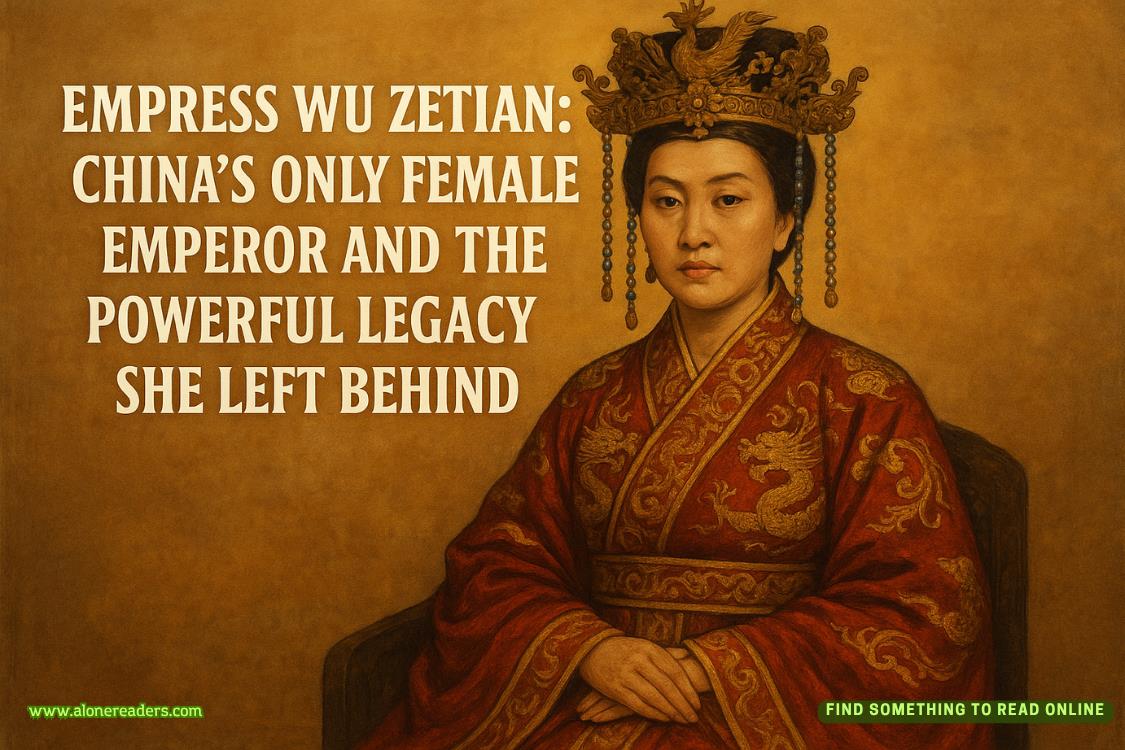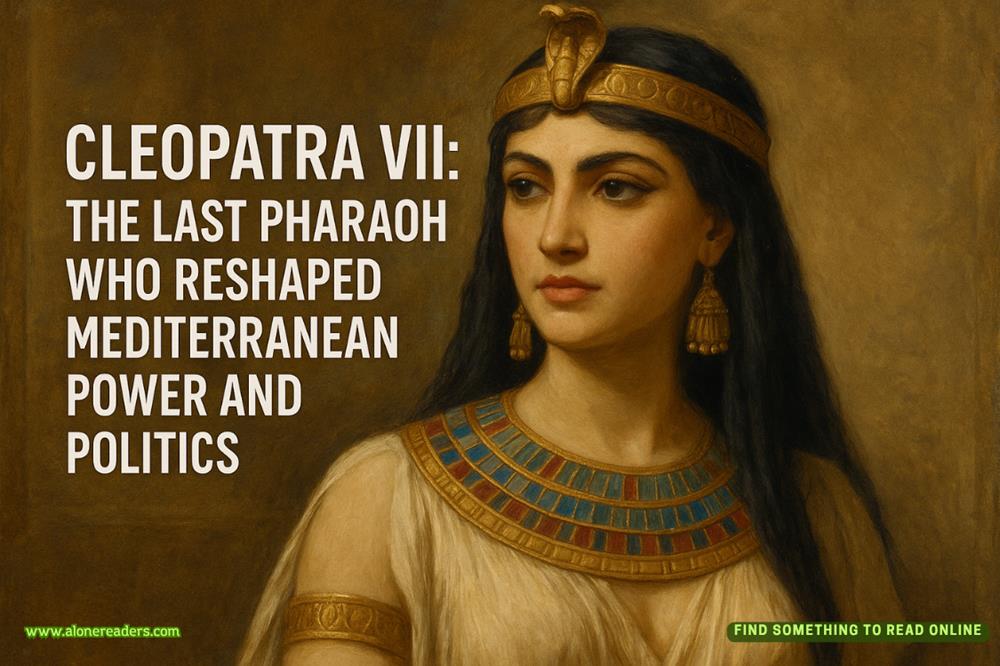Page 111 of Nobody's Fool
“Probably.”
“But there are many who don’t believe that, right? I mean, a lot of people think Victoria Belmond just ran away.”
Ah. So she does recognize the image in the photo.
“That’s right, isn’t it?” she presses.
“Yes.”
“So maybe that’s how my parents got involved,” Jennifer says.
“How do you mean?”
“If Victoria Belmond wanted to run away and never be found,” Jennifer Schultz says, “my parents would be the best at making that happen.”
Still mulling over Jennifer Schultz’s last words, my phone vibrates. The caller ID readsBELMOND, so I pick it up.
“Hello?”
“Lenore said you wanted to talk to me.” It’s Victoria.
“Could we meet?” I ask.
“Is everything okay?”
“I was in Spain.”
Silence.
“Victoria?”
“I’m here,” she says. “You found something?”
“I can come out to you.”
“No. My parents will ask a lot of questions. I’ll come to you.”
CHAPTER TWENTY-SIX
The children’s playground is built on top of a cemetery.
James J. Walker Park is in Greenwich Village on Hudson Street between St. Luke’s Place and Clarkson Street on top of what used to be aptly and not subtly called St. John’s Burying Ground. Even now, something like ten thousand corpses lie beneath the baseball diamond, the pickleball courts, the bocce courts, the children’s playground—and even the bench where I now sit with Victoria Belmond.
The only visible remnant of the park’s macabre past is the Firemen’s Memorial, a nearly seven-foot-high marble sarcophagus dedicated in 1834 to two very young firemen who died their very first day on the job. According to the memorial’s epithet, “Here are interred the bodies of Eugene Underhill, aged 20 years 7 months and 9 days, and Frederick A. Ward, aged 22 years 1 month and 16 days”—meaning that their remains are still in this sarcophagus sitting on a fence against a kids’ baseball field. For those who need an additional reminder, the bronze plaque, which I always read no matter how often I come here, reads:
THIS GROUND WAS USED AS A CEMETERY BY TRINITY PARISH DURING THE YEARS 1834–1898. IT WAS MADE A PUBLIC PARK BY THE CITY OF NEW YORK IN THE YEAR 1897–8. THIS MONUMENTSTOOD IN THE CEMETERY AND WAS REMOVED TO THIS SPOT IN THE YEAR 1898.
Welcome to New York.
Lots of benches in New York City are sponsored—that is, someone donates money and gets a little plaque on the backrest—and this one is dedicated to someone with the last name Madoff. I don’t want to know more. Victoria and I sit no more than ten yards from the monument. Behind us, children are squealing on slides and climbing bars. In front of us, through the chain-link fence, little kids are shagging grounders and fielding pop-ups with enthusiasm and chatter. I like watching baseball. I think it’s the nostalgic echo. I see a field and I still remember the first time my father took me to a game at Shea Stadium when I was six. I still remember the smell of the grass and the echo when a small white ball connected with the wood of a bat. My dad bought me two pennants that day, one for the Mets, one for the visiting Houston Astros. “Because you should respect your opponent,” he explained. When I got home, I hung those pennants on my wall over my bed. As I aged, the colors faded, but I kept them on that bedroom wall until I came back from Spain and rid my room of all childish things.
I didn’t throw the pennants away, by the way. They are stored in a box in the basement. Make of that what you will.
Victoria and I haven’t started talking yet. A coach hits ground balls to three boys at shortstop. They take turns fielding the ball and throwing it to first base. There is a joyous and Zen routine to this, and for a few moments we just bask in this swaying back-and-forth.
“I didn’t know you were going to Spain,” Victoria says. “I guess I should have guessed.”
I wait. The coach hits a grounder. The tallest of the shortstops scoops it up as though there’s a giant magnet in his glove and throws the ball to the first baseman.















